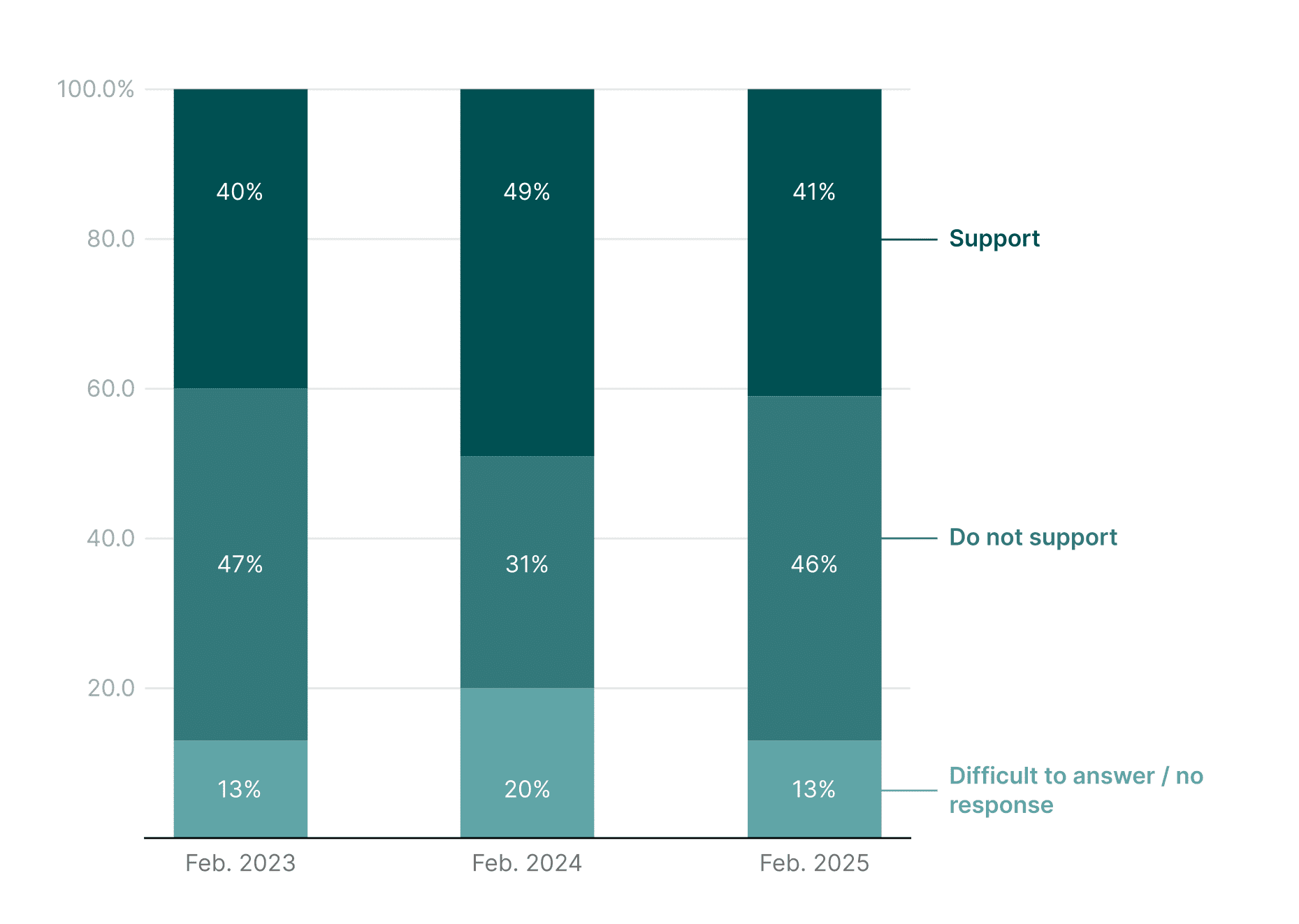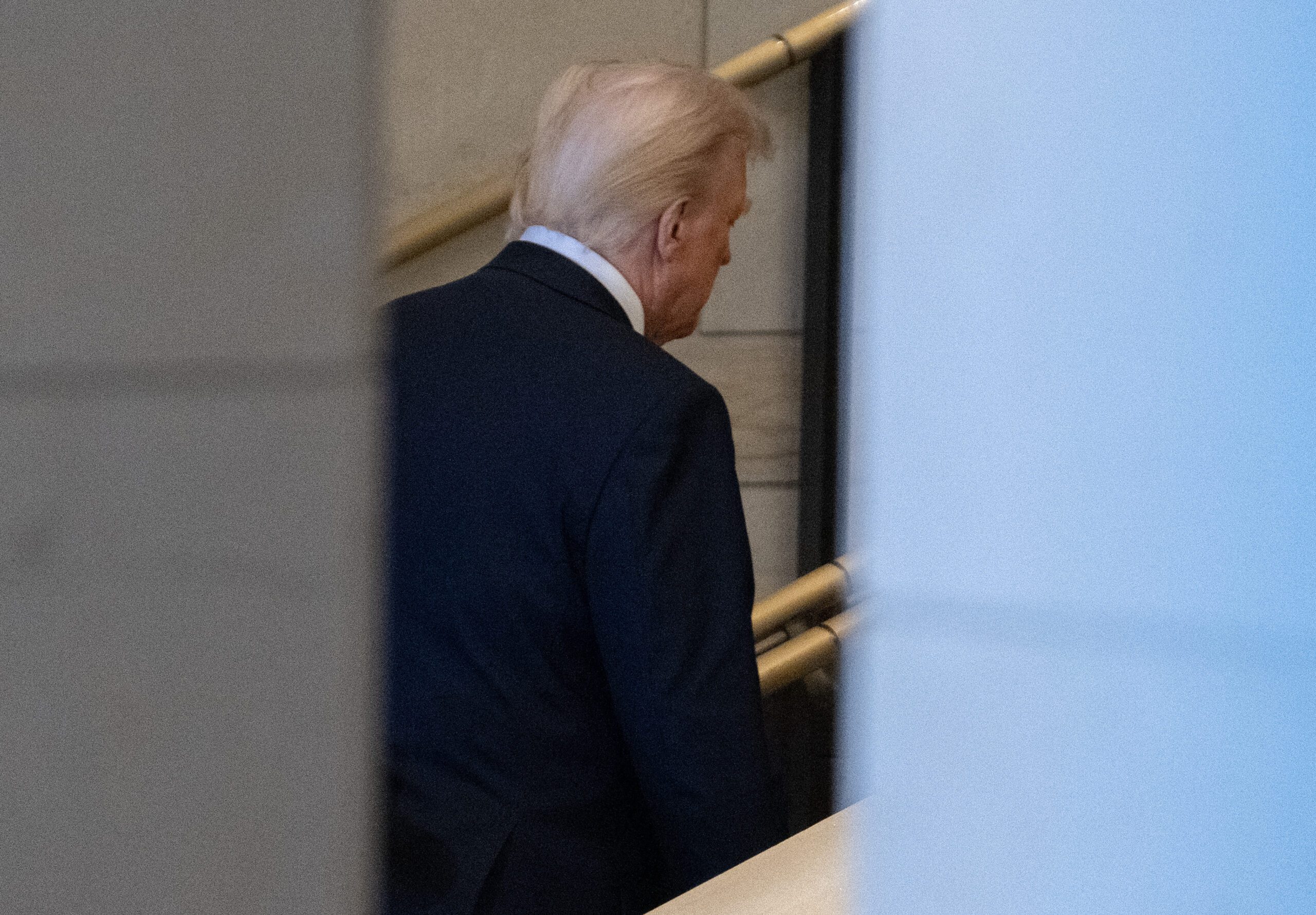Negotiations on Ukraine are currently developing in a way that aligns with the Kremlin’s interests. US Secretary of State Marco Rubio’s remarks about a possible American withdrawal from the talks are not perceived in Moscow as a serious threat. Rather, they are seen as a tactic to pressure the EU and Ukraine, and as an opportunity for Russia to strengthen its own negotiating position.
Even if the US were to formally exit the talks, Moscow does not rule out continued dialogue with Washington on other issues. Indeed, removing Ukraine from the immediate agenda could create a more favourable environment for discussing topics of mutual interest. At the same time, the Kremlin sees value in preserving the current framework since it provides a mechanism to put pressure on Kyiv and its European allies via Washington.
The Kremlin at a strategic crossroads
Putin now faces a critical strategic choice: to preserve US involvement in the peace process by moderating his maximalist objectives, or to prolong military operations in Ukraine in pursuit of a more decisive outcome.
A settlement involving the US would enable Moscow to secure several core objectives: de jure recognition of Crimea’s annexation by Washington; Ukraine’s acceptance of Moscow’s control over the land corridor linking Russia to Crimea via occupied territories; and the impossibility of Ukraine joining NATO. In principle, this could offer Putin an acceptable resolution to the current impasse. He is well aware of Russia’s limited military capacity – continued conflict entails mounting costs, economic deterioration, and growing internal instability. The Kremlin is also starting to recognise that further territorial expansion yields little strategic benefit, serving only to add the burden of economically depressed regions and the ‘dependency weight’ on the state budget.
However, a bilateral agreement alone with Washington would not be enough for the Kremlin. First, there is a growing consensus in Europe that Ukraine’s security depends on turning it into a ‘steel porcupine’ maximally equipped to defend itself. This scenario is unacceptable for Moscow. Second, without Ukraine’s formal legal recognition of territorial losses, a cessation of hostilities would not amount to a definitive settlement. A frozen front line – even if it runs along the Dnipro River – risks becoming a long-term zone of confrontation, with persistent threats of renewed hostilities. Third, the easing of US sanctions alone would not resolve Russia’s deeper economic challenges: trade with the US has always been fairly limited, while Russia’s real losses stem from the rupture of economic ties with Europe.
For this reason, Moscow sees the involvement of the EU as essential to any sustainable agreement. Donald Trump is regarded as a pivotal figure who could influence European capitals to accept terms that benefit Russia. If he fails, and negotiations revert to a ceasefire without formal recognition of at least part of Russia’s territorial gains, the Kremlin would consider this scenario unacceptable and choose to prolong the war. This reflects a high-stakes Russian strategy: hoping for a favourable diplomatic resolution, yet remaining fully prepared for an extended conflict if diplomacy does not work.
Public opinion as a source of pressure
Current trends in Russian public opinion provide the Kremlin with a favourable environment to maintain military pressure. In recent weeks, state media have increasingly promoted the image of an impending victory, highlighting battlefield successes, while Putin asserts that Russia holds the strategic initiative across the entire front.
Amid this narrative shift, public sentiment is evolving – from fatigue and a desire to end the war to expectations of victory on the Kremlin’s terms. There is a growing belief that the hardships endured must be ‘compensated’ by tangible results – above all, by territorial conquests.
As a result, support for continued military action is rising: while public opinion remained relatively stable throughout 2024 (with 30–33 per cent in favour of continuing the war, and 47–49 per cent in favour of ending it), by early 2025, 46 per cent of respondents opposed a troop withdrawal, compared with 41 per cent in favour – marking the first significant turn towards prolonging the conflict.
Fig 1. Support for Putin’s decision to withdraw troops from Ukraine

Share of respondents, per cent. Source: Chronicles, ExtremeScan, RuScan
At the same time, there is a parallel desire to return to pre-war ‘normality’ – characterised by consumer comfort and a sense of stability. In this context, a potential deal with the US that results in the easing of sanctions and a return to familiar living standards could be interpreted domestically not as a concession, but as a victory. However, the Kremlin is increasingly concerned that such expectations might evolve into broader demands for a post-war ‘thaw’ – both among the public and within the elite. These expectations are becoming an independent factor in domestic politics, and require separate analysis.

